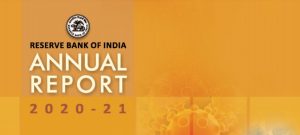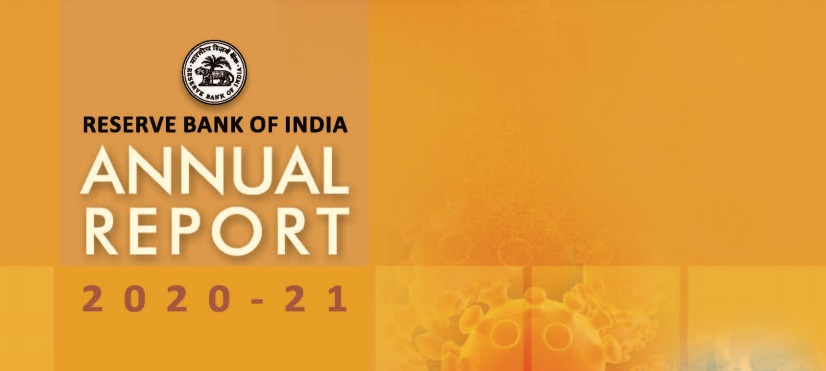
Reserve Bank of India (RBI) has published its annual report and highlights “asset quality of banks and their preparedness requires close monitoring for higher provisioning for upcoming quarters”. In its annual report, the central bank said the country’s growth prospects now essentially depend on how fast India can arrest the second wave of COVID-19 infections.
Buy Prime Test Series for all Banking, SSC, Insurance & other exams
RBI Annual Report 2021:
- RBI in its semi-annual financial stability report earlier highlighted bad loan ratio of banks could rise to 13.5% under the baseline stress scenario by September 2021.
- The Provision Coverage Ratio (PCR) of banks improved from 66.6% in March 2020 to 75.5 % by December 2020, because of prudent provisioning by banks above regulatory prescriptions on accounts availing moratorium and undergoing restructuring.
- The capital to risk-weighted assets ratio (CRAR) of banks increased to 15.9% by December 2020, in March it was 14.8%.
- In its report, RBI cautioned “banks being lenders will have to provide a true picture of bad loans after Supreme Court lifted the interim stay on classifying non-performing assets (NPA) in March 2021.
- According to it, waiver of compound interest on all loan accounts opted for a moratorium during March-August 2020 would put stress on the financial health of banks.
- The Gross NPA ratio of banks decreased from 8.2% in March 2020 to 6.8% in December 2020.
- The Gross NPA ratio for non-banking financial institutions (NBFCs) increased from 6.8% in March to 5.7% in December 2020.
- The capital adequacy ratio of NBFCs increased from 24.8% in December 2020 to 23.7% in March.
- Frauds reported by banks fell by 25% in value terms in just one year to Rs 1.38 lakh crore at the end of fiscal year ended March 2021, data released by the RBI as part of it annual report showed.
- The Reserve Bank of India on 27th May said banknotes in circulation witnessed a higher than the average increase during 2020-21, on account of precautionary holding of cash by people due to the COVID-19 pandemic, and its prolonged continuance. Value and volume of banknotes in circulation increased by 16.8% and 7.2% respectively in 2020-21.




 States and Capitals - How Many States in...
States and Capitals - How Many States in...
 What is the Old Name of Ghaziabad? Know ...
What is the Old Name of Ghaziabad? Know ...
 25 Most Dangerous Cities in the World (2...
25 Most Dangerous Cities in the World (2...

